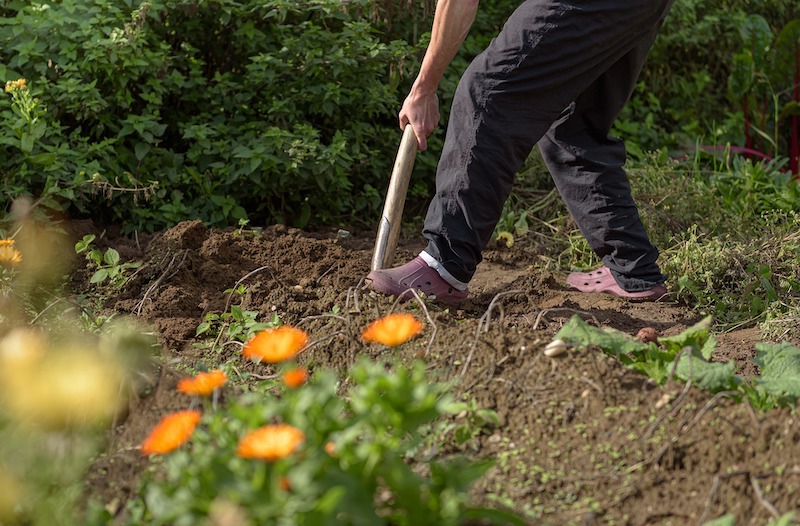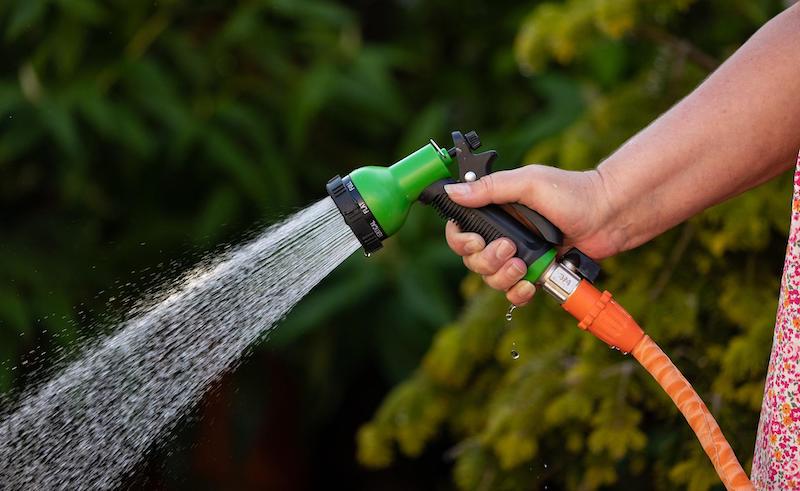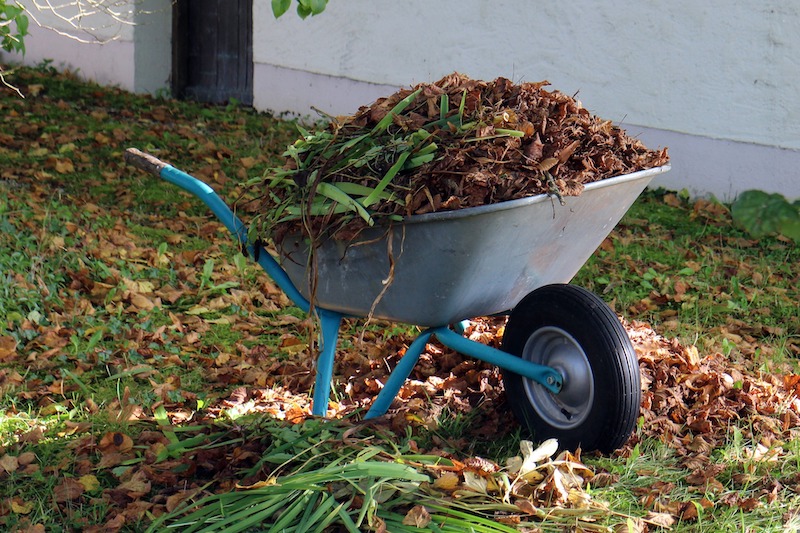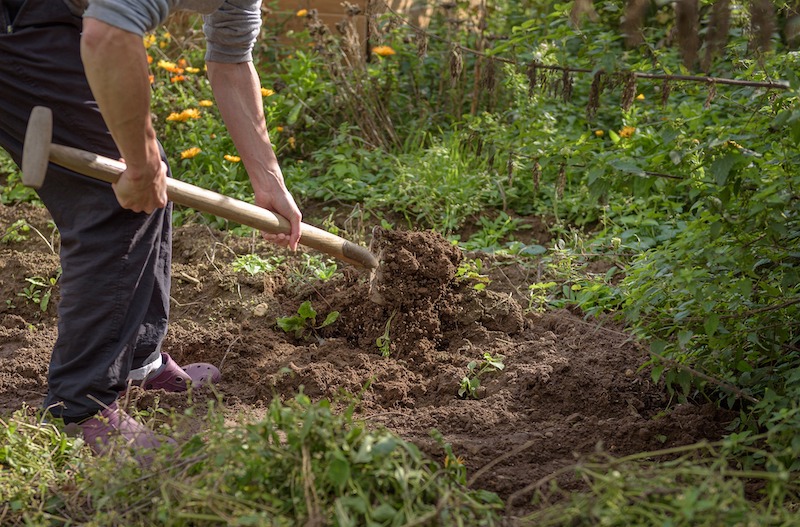As the weather starts to cool and the days get shorter, you may start to notice perennials, trees, and shrubs going on sale at your favorite garden center. While any discounted plant may be tempting, you may be wondering, “Is it safe to plant in the fall?” The short answer: yes! There are a few things to keep in mind, however, before loading up your cart.
In general, planting in the fall can be done as long as the ground is not frozen. If your options are planting in the fall or keeping your plants in plastic grow pots through the winter, planting them in the ground is the better option. Above ground, the roots are more exposed to extreme temperatures than they are in the ground, surrounded by insulating soil and mulch.

How Late In The Fall Can I Plant?
Planting in the late summer or early fall allows plants plenty of time to grow into the soil, giving them extra access to water and providing more support to withstand the winter.But what about planting in the late fall or even winter? In general if you can get a shovel into the ground, you can plant. In regions with more mild winters, that can mean planting into December and even January.
Fall Planting Steps
Water
Water new plantings regularly until the ground freezes. This is especially important for evergreens, which are less forgiving in terms of drying out and do not lose their leaves through the winter. Plants are still able to photosynthesize and grow as long as there are leaves.
Water well just before a deep freeze, when there are multiple nights with temperatures below 32°F and the ground freezes solid. This water will provide extra insulation for the roots. Much of the damage that the cold causes is actually desiccation - that is, plants can dry out in the winter, especially when there are periods of exceptionally warm weather. Newly planted perennials, trees, and shrubs have a root ball that hasn’t had the chance to spread out as much as those planted earlier in the year, meaning they have less access to water in the soil around them. If your region experiences a significant period of warm weather in the winter or early spring, you will want to water these plants to prevent them from drying out during the next freeze.

Mulch
Provide a thick layer of mulch around the base of the plant, extending at least as far out as the root ball. Mulch will provide an extra layer of insulation as well as prevent water loss. Mulch will also prevent ‘frost heaving’, which occurs when the ground thaws and then freezes again, pushing the root ball out of the ground and damaging the roots.

Be Gentle
When branches and roots are pruned or broken, plants have to put energy into repairing that damage. In the late fall and winter, plants are not able to repair damage as easily, increasing their susceptibility to disease and causing them stress. When planting, take care not to disturb the roots too much and wait until a more appropriate time to prune (broken branches can be removed at any time).
Do Not Fertilize
Fertilizing causes plants to push new leaf and root growth that is tender and easily damaged by the cold. Instead, allow your plants to go dormant through the winter, reserving their energy until the spring. Resume fertilizing in the spring when plants are breaking their dormancy and beginning to grow again.
Transplanting
All of these tips apply to plants transplanted in the fall as well. If you are looking to move plants from one part of your yard to another, follow the above guidelines for watering, mulching, and fertilizing. Even established perennials will need time to adjust to a new location, just like a new planting. Once moved, they have to reestablish themselves.
Fall Planting Benefits
Fall, especially early fall when the weather is still warmer, can be a less stressful time to plant. Lower temperatures and cooler nights mean that plants are using less water than in the heat of the summer. Especially in hotter regions, plants may experience less transplant shock when we avoid long, hot days.
When planted in the fall, perennials, trees, and shrubs often have a head start to start growing than those planted in the spring. As the ground thaws, it is usually too wet and muddy to begin planting. These same spring rains that prevent you from getting outside and planting will help stimulate early new growth in plants already in the ground.

Fall Planting Advice
- Spring-blooming bulbs should be planted by mid-October at the latest.
- Divide spring and summer blooming perennials in the fall, and fall blooming perennials in the spring.
- You should wait to plant cold-sensitive or plants that are borderline perennial in your zone until the spring. For example, if you are in zone 6, plants that are hardy in zones 6-8 may be more sensitive to the cold than those hardy in zones 4-7.
 |
Author Lynn Gusman - Published 10-06-2022 |
